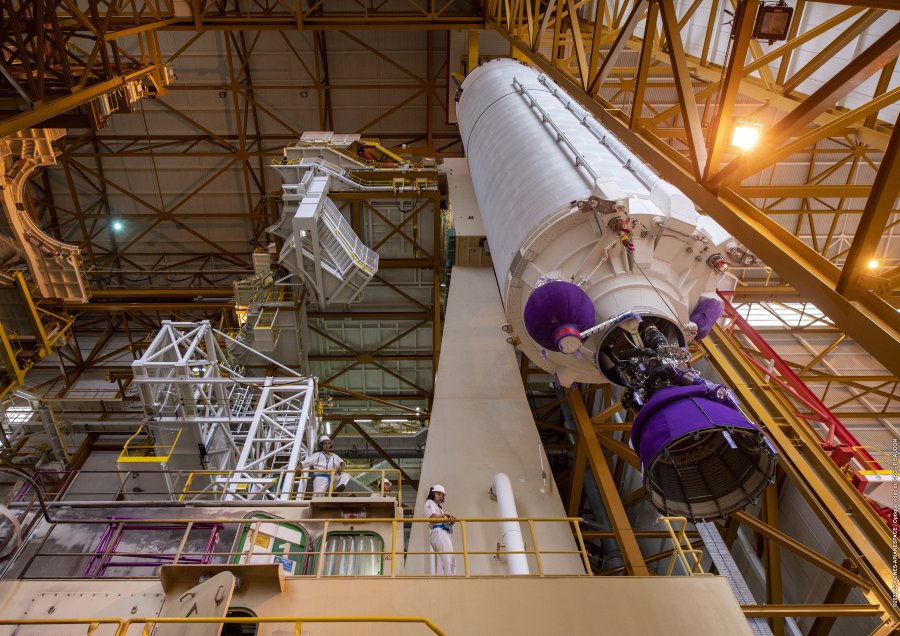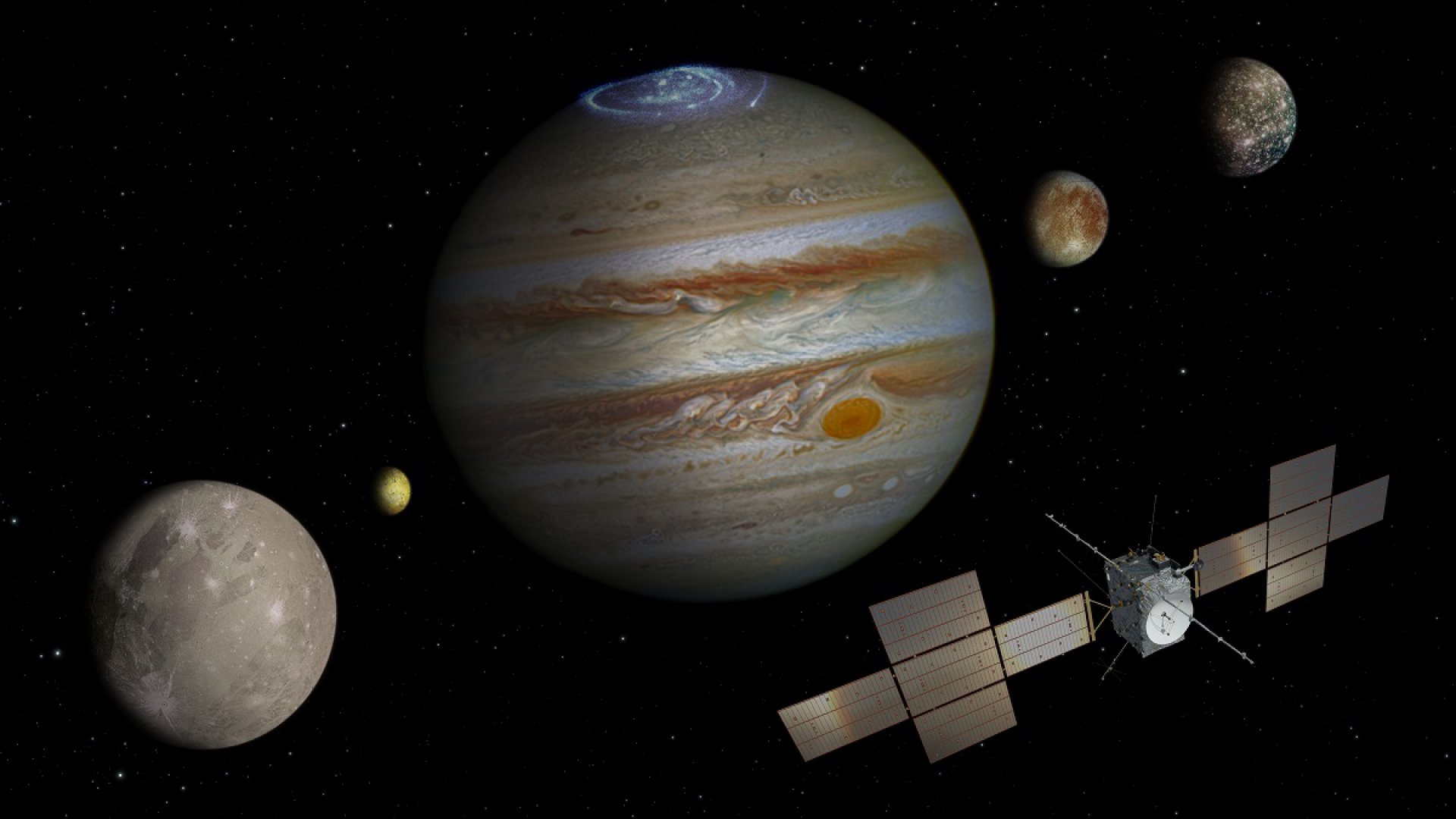
In Italy it is 14:14 on 14 April 2023 when the Ariane5 spacecraft with the Juice probe (Jupiter ICy moon Explorer) on board finally takes off from the European Space Agency (ESA) launch base in Kourou, French Guiana. Destination: Jupiter.
Thus begins, under a South American sky threatening rain and with a one-day delay due to bad weather, the first of ESA's major missions of the Cosmic Vision programme. It will arrive at its destination, 600 million kilometres from Earth, in 2031 and for three years will explore the giant gaseous planet and its icy moons (Callisto, Europa and Ganymede), with the aim of studying the workings of the solar system and the conditions necessary for the formation of planets and the appearance of life.
On board Juice is also a piece of Trentino. In fact, among the 10 scientific instruments on the mission is the Rime (Radar For Icy Moon Exploration) space radar, designed by an international team coordinated by Lorenzo Bruzzone of the Department of Engineering and Information Science of the University of Trento with the collaboration of Francesca Bovolo's research group of the Bruno Kessler Foundation.
The Juice mission
Juice is a 5.3 tonne probe containing 85 square metres of solar panels, the result of an international scientific collaboration between space agencies (European, Italian, German, French, US and Israeli) and industry.
On board Juice are 10 instruments that will be used in scientific missions to study the conformation and atmosphere. Three of these are Italian-led:
- the Rime radar (Radar for Icy Moon Exploration)
- the Janus optical camera system
- the 3GM radio science instrument
The other seven instruments are:
- Visible and infrared spectrometer (MAJIS)
- UV imaging spectrograph (UVS)
- Submillimetre wave instrument (SWI)
- Laser altimeter (GALA)
- Magnetometer (J-MAG)
- Particle measurement package (PEP)
- Radio and plasma wave instrument (RPWI)
Juice also includes an experiment called Pride, which will make precision measurements using radio telescopes on Earth.
Rime: the radar designed by the team led by the University of Trento
Rime is a subsurface radar optimised to penetrate the icy surface of Galilean moons down to a depth of 9 km with a vertical resolution of up to 30 m. The instrument is capable of capturing very special 'images' of the subsurface that, in addition to being of fundamental importance for studying the geology and geophysics of icy moons, can highlight the possible presence of water on Ganymede and Europa. The identification of water would be an exceptionally important discovery, since it is one of the fundamental variables for assuming the presence of elementary life forms.
Rime was designed and built in Italy in the laboratories of Thales Alenia Space, with some subsystems supplied by NASA's Jet Propulsion Laboratory, which is participating in funding the instrument. The working group, led by the University of Trento, includes some of the most prestigious Italian, European and US research institutions in the field. An important contribution to the automatic processing of data acquired by the space radar comes from the Remote Sensing for Digital Earth research unit of the Fondazione Bruno Kessler (Digital Society research centre) led by researcher Francesca Bovolo.






